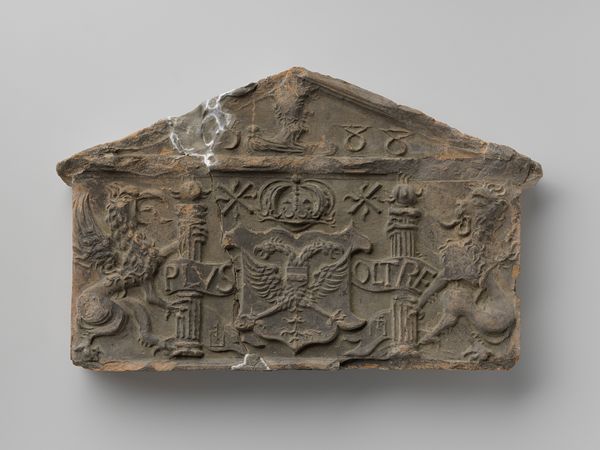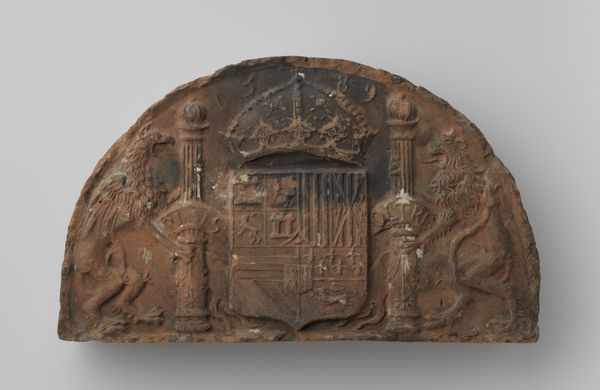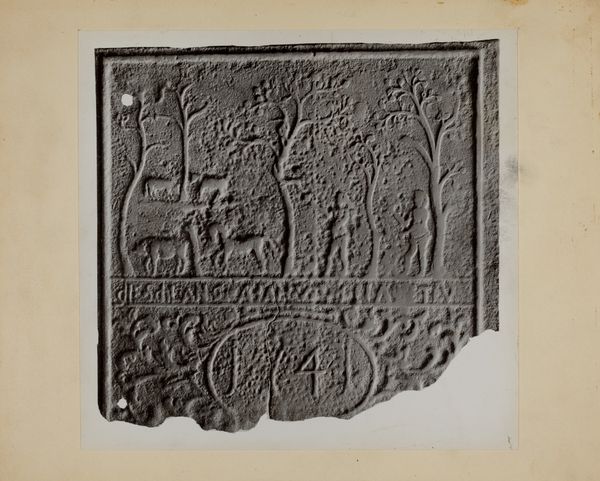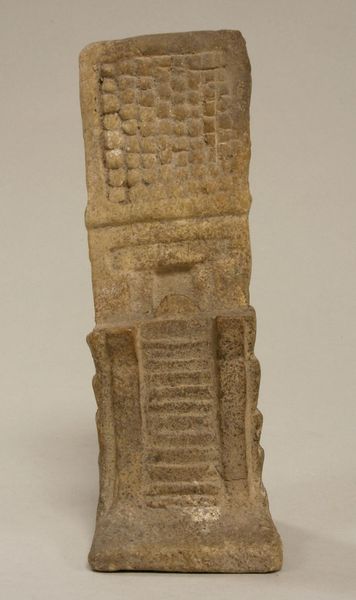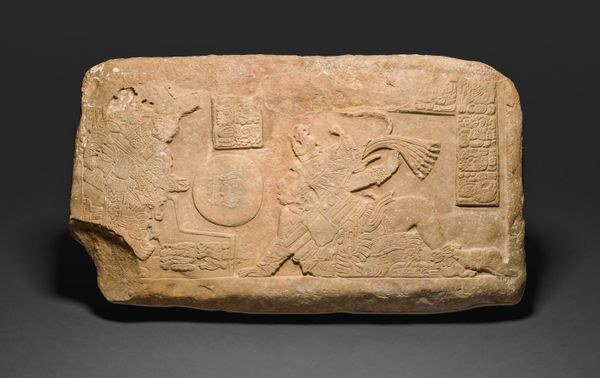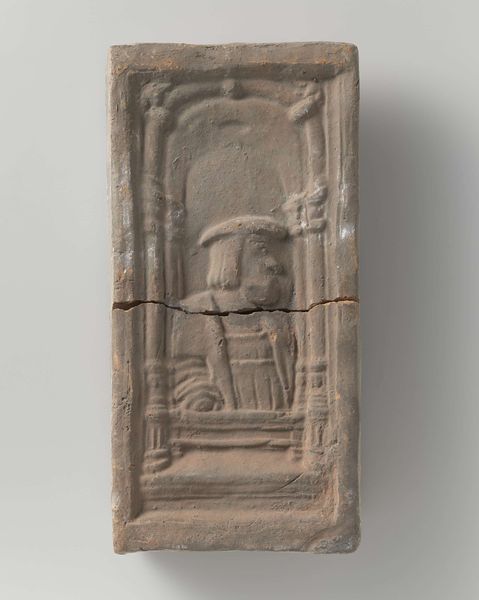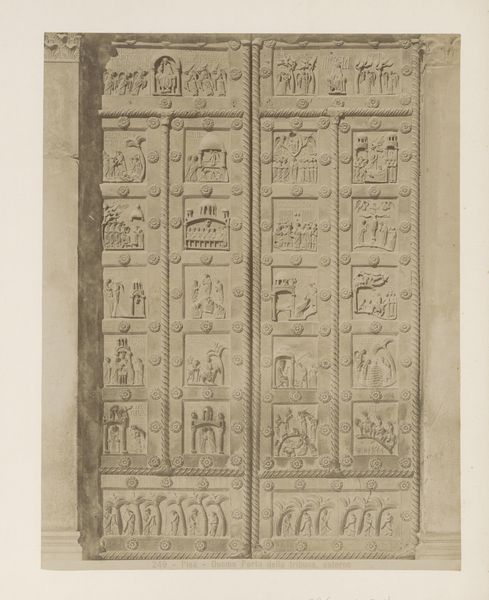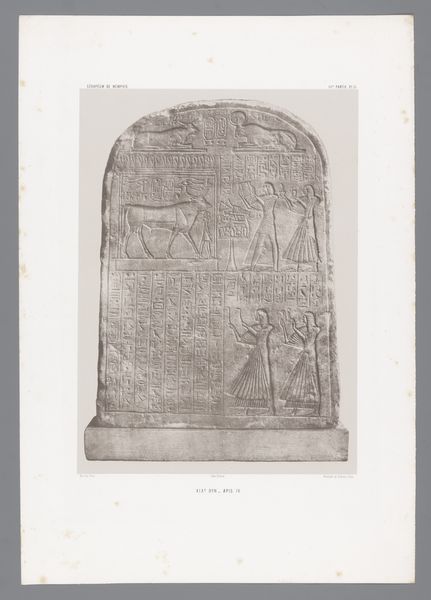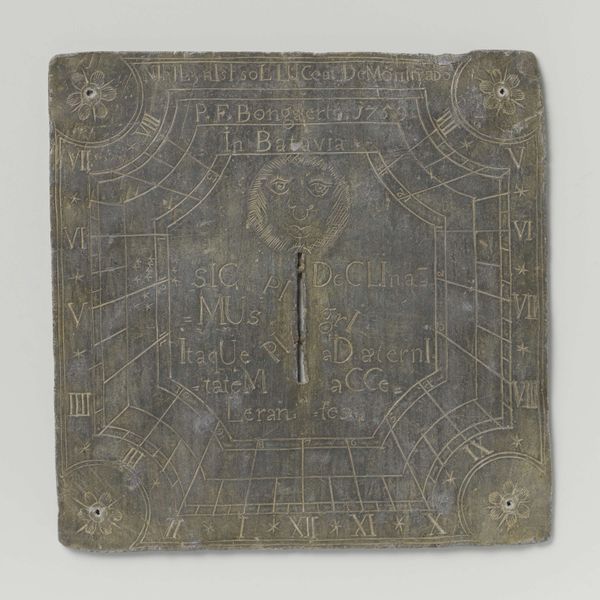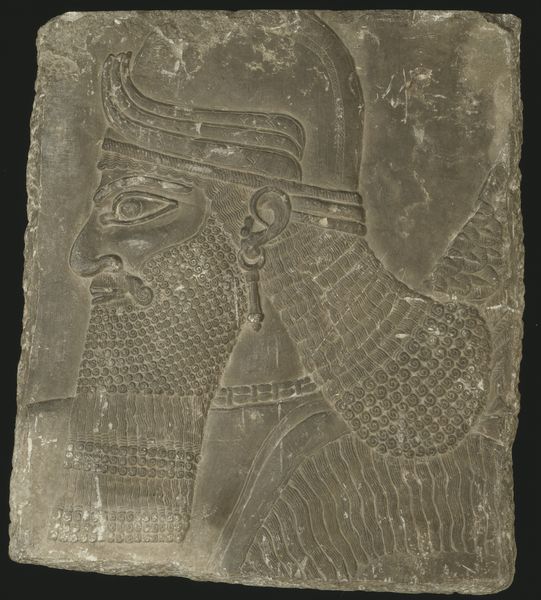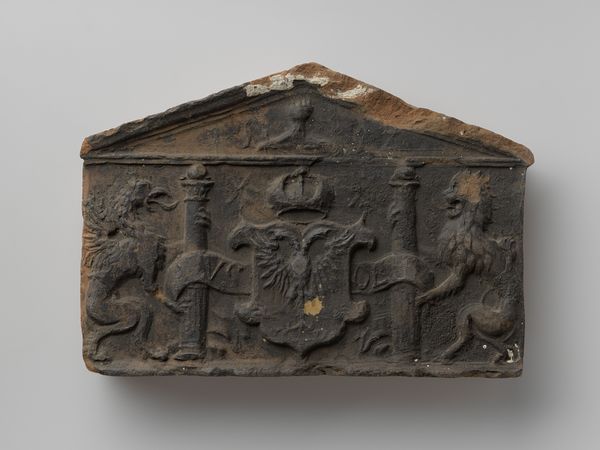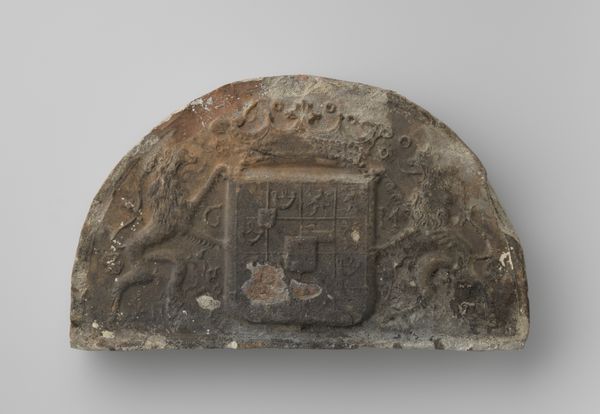
Tombstone of Abu Sa'd ibn Muhammad ibn Ahmad al-Hasan Karwaih 1125 - 1175
0:00
0:00
carving, relief, sculpture, marble
#
carving
#
sculpture
#
relief
#
geometric
#
sculpture
#
islamic-art
#
history-painting
#
marble
#
calligraphy
Dimensions: H. 22 1/4 in. (56.5 cm) W. 14 5/8 in. (37.1 cm) D. 2 7/8 in. (7.3 cm) Wt. 64lb. (29kg)
Copyright: Public Domain
This tombstone for Abu Sa'd, carved by Ahmad ibn Muhammad Astak, presents a complex interplay of form and structure. The pale stone, dense with inscriptions, might initially seem uniform. But look closer, and you’ll notice a sophisticated arrangement of calligraphic bands framing a central prayer niche, the mihrab. The tombstone's visual impact hinges on the tension between its geometric order and the fluid, organic forms of the Arabic script. The bands of text create a sense of enclosure, defining and containing the sacred space of the mihrab. Within this niche, the calligraphy becomes more decorative, almost dissolving into abstract patterns. The tombstone thus becomes a site where language transcends its conventional function, transforming into a visual, almost tactile, experience. This interplay between text and form invites us to consider how the tombstone destabilizes the distinction between seeing and reading, between the visual and the textual. It is a testament to the enduring power of art to challenge fixed meanings and invite ongoing interpretation.
Comments
No comments
Be the first to comment and join the conversation on the ultimate creative platform.

